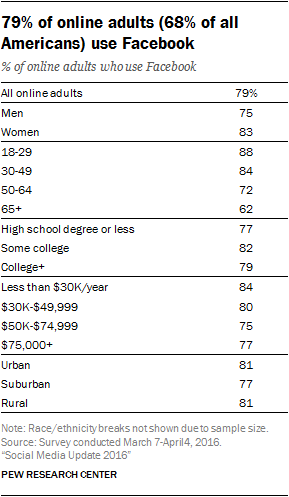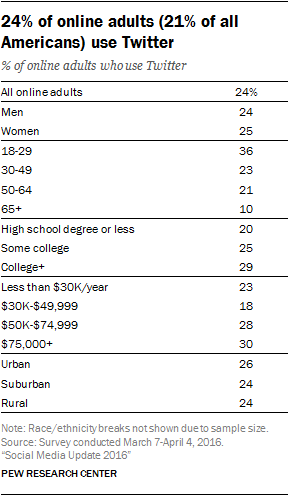Author: Amanda Zantal-Wiener / Source: hubspot.com Most of us know that social media is an essential part of a brand’s marketing strategy

Most of us know that social media is an essential part of a brand’s marketing strategy. After all, 92% of marketers say that social media is important to their business. And yet, managing it continues to be a source of frustration for many.
That’s understandable — there are many moving parts to a successful social media strategy. There’s knowing the right frequency with which to post. There’s the measurement of any ROI on these efforts. And, there’s determining what the heck to post to each channel.
There’s technology available, for example, to post the same content to multiple social media channels. But should you be posting identical messages to each network? As it turns out — no. Different channels have different audiences, peak times, and character limits. And each one is built for a different style of writing, which means there’s one more thing to consider: What should the copy for each social network look like?
That’s why we put together the guidelines below to compose copy for five different social media channels: Facebook, Twitter, LinkedIn, Instagram, and Snapchat. So read on — and start writing.
How to Compose Text for 5 Social Media Channels
1) Facebook
Let’s start with a look at Facebook’s audience:

With 79% of all online adults on Facebook, it continues to be the highest-utilized social network of those measured in Pew Research Center’s 2016 Social Media Update. But out of the channels we’ll cover here, it also has the highest rate of usage among the 65+ audience.
When you’re composing text for Facebook, it’s important to keep these data in mind — especially if that’s who your brand is targeting. Let’s say you’re creating a marketing budget and want to decide how to allocate a portion for social media. While we encourage having a presence across all channels, if you’re aiming for the attention of the 65+ audience, this might be the best network for an ad spend or a pay-per-click (PPC) campaign. Focus your energy here, and then repurpose that content for other channels.
Less than half of marketers believe that their Facebook efforts are effective — and we have to wonder if that might have something to do with the content they’re sharing on that particular network. So let’s go over some basic ground rules:
- Make sure your formatting is correct. That’s a big reason why we discourage auto-posting duplicate content across multiple channels — you risk including an “@user” tag that’s only fitting for Twitter or Instagram.
- Facebook’s character limit on status updates is 63,206. However, that’s far from ideal. Generally, people don’t visit Facebook to consume long-form text or stories — that’s what your blog is for. In fact, Buffer has found that Facebook posts with 80 characters or less receive 66% higher engagement.
- Plus, less text allows greater focus to be placed on any visual content that accompanies it. Posts with images, for example, see 2.3X more engagement than those without.
Facebook is a particularly good vehicle for promoting your external content — things like blog posts, reports, or videos. That’s what 76% of users seek when they visit Facebook: interesting content. But don’t just post a link without a description. Be sure to accompany it with brief, attention-grabbing text that signals what the content is about, or poses a question that it answers.

Tweets have long come with a maximum of 140 characters, but that doesn’t include images, videos, polls, or tweets that you quote. Plus, according to social media scientist Dan Zarrella, the ideal length is actually around 120-130 characters — those tweets showed the highest click-through rate (CTR).

When you’re composing copy for tweets, remember that hashtags are an effective way to indicate and summarize what your message is about. Plus, it’s a nice way to become discovered by users who might be using hashtags to search for tweets pertaining to a certain topic — Buddy Media found that all tweets with hashtags get double the engagement.
But exercise…

COMMENTS